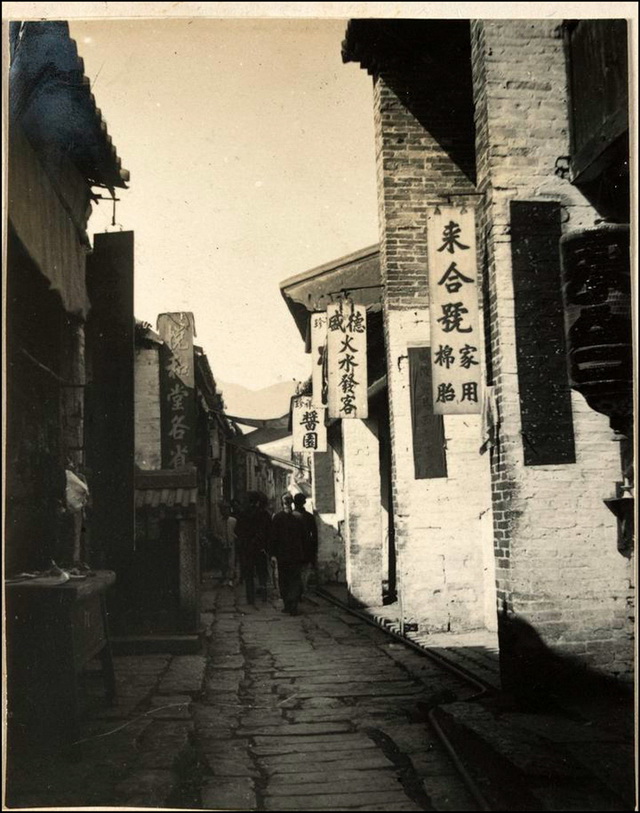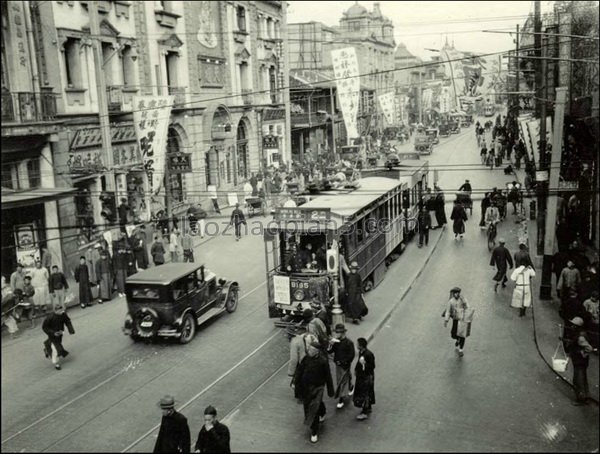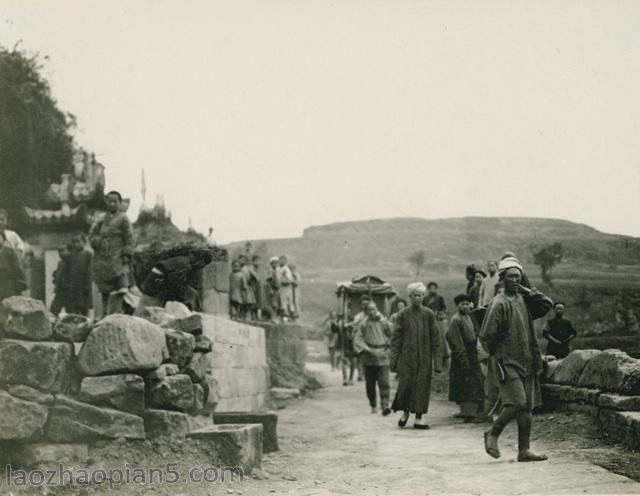[Su Embroidery Eleven-sided Avalokitesvara Thangka]
Su Embroidery Eleven-sided Avalokitesvara Thangka, embroidered in Suzhou during the Qianlong period of the Qing Dynasty, has a heart length of 70.7 cm and a width of 50 cm. The old collection of the Qing Palace
This Thangka is decorated with gold satin with red and yellow intertwined flowers, lined with yellow silk, and has a silver shaft head inlaid with turquoise and coral beads. The heart of the painting is embroidered on the satin bottom with the technique of not exposing the ground, also known as “full floor embroidery”, which is a kind of exquisite embroidery in Suzhou. The Thangka Master is the Avalokitesvara with eleven faces, one thousand hands and one thousand eyes. The top of the cover is embroidered with six Buddha statues on both sides of the cover, and they sit on the clouds with folded arms. There are shining sun and moon in the clouds. Guanyin stands on the water lotus, with a Tibetan Buddhist master statue embroidered on both sides of the lotus, and lined with clouds, mountains and trees
This Thangka is made with a variety of colored wool and stitches. The 11 faces of Guanyin are embroidered with green, white, blue and lotus threads. Qianshou embroiders the contour with colored threads to present a three-dimensional sense. The image of Shizu, the Buddha, the sun, the moon, the flowing clouds, the mountains and rivers, and the trees are embroidered with apricot yellow, dark green, light green, and jujube red and other different colors of wool with 10 kinds of needle methods, such as needle, needle, needle, needle, nail thread, and flat gold. The stitches on the embroidery surface are even and neat, the embroidery work is exquisite, the color line is applied in a moderate intensity, and the dizziness is removed freely, which is just right. In addition, the picture is also painted with ink, which makes this Thangka show a rigorous composition, vivid and solemn artistic effect, and is the best work in Thangka works
This Thangka was examined by the National Master Zhang Jiahu Tuketu, who was appointed by Emperor Qianlong. The lining of the Thangka hanging scroll was nailed with white silk ink, and the Chinese, Tibetan, Manchu As evidenced by the records in four Mongolian languages: “On April 20, the Emperor ordered Zhang Jiahu Tuke to recognize and worship the benefit embroidery, the 11-sided Avalokitesvara Bodhisattva, the name of Jianlai Zike Zhuzhi Kesha, the name of the Qing Dynasty is Zunmudeleng Zilani Bulkuyu Buddha, the name of Mongolia is Ah Bannigo Tu, and the name of Mongolia is Mosh Mubodisa Ciduo.” The Palace Museum also has another identical Thangka, which can be seen from the content and composition of its picture, This Thangka is embroidered according to the same painting, and there is also a record of the white silk ink book that the Emperor Qianlong ordered Zhang Jiahu to read.
![图片[1]-Su Embroidery 11-sided Avalokitesvara Thangka-China Archive](https://chinaarchive.net/Qing dynasty/Court religion/10816.jpg)
![苏绣十一面观世音像挂轴“唐卡”题签 图片[2]-Su Embroidery 11-sided Avalokitesvara Thangka-China Archive](https://chinaarchive.net/Qing dynasty/Court religion/10817[1024].jpg) 苏绣十一面观世音像挂轴“唐卡”题签
苏绣十一面观世音像挂轴“唐卡”题签





![[Qing Dynasty] British female painter—Elizabeth Keith, using woodblock prints to record China from the late Qing Dynasty to the early Republic of China—1915-China Archive](https://chinaarchive.net/wp-content/uploads/2022/11/image-191x300.png)